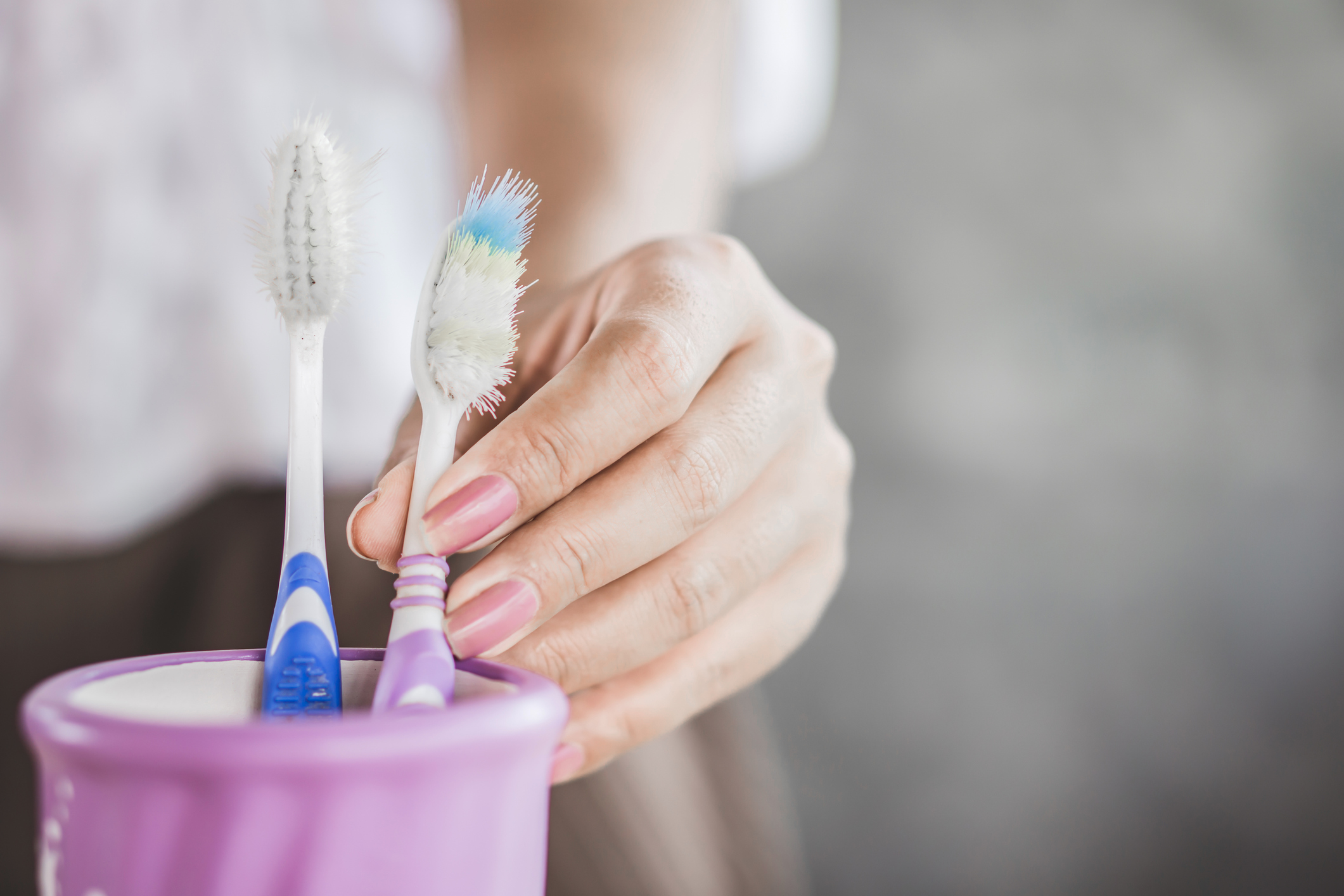Ever thought about the tiny ecosystems living in your bathroom? Recent research has unveiled an astonishing variety of previously unknown microbes, from your toothbrush to your showerhead. But should this discovery raise any red flags?
A study published in Frontiers in Microbiomes by Northwestern University researchers examined 32 toothbrushes and 92 showerheads across the U.S., revealing hundreds of different viruses, many of which were entirely new to science.
These viruses, known as bacteriophages, specifically target bacteria and hold no threat to humans. “Our findings don’t indicate any reason for alarm or extra cleaning,” said Hartmann, one of the researchers. Yet, the excitement surrounding their discovery is palpable.
“The diversity we found is staggering,” Hartmann explained. “We identified distinct phages on every toothbrush and showerhead. This shows there’s a treasure trove of phage out there just waiting to be found.”
So, why does this matter? Hartmann points out the growing interest in using phages for biotechnology and medical purposes. Just like penicillin is derived from mold, who knows what groundbreaking antibiotic could originate from a toothbrush?
For instance, phages might be utilized to eradicate harmful bacteria in plumbing or water systems.
“Our goal is to uncover the various roles these viruses might play and explore potential applications,” said Hartmann. “Even if it doesn’t lead to groundbreaking technology, understanding phage diversity enhances our grasp of biology.”
This study follows Hartmann’s earlier research on bathroom bacteria conducted with colleagues at the University of Colorado at Boulder.

“We started this project out of curiosity,” Hartmann recalled. “Microbes thrive in moist environments, so we naturally wondered what lives in our homes, particularly in our showerheads and on our toothbrushes.”
No need to panic and bleach your toothbrush or shower—most surrounding microbes are harmless and some are even beneficial. “We should work with microbes rather than against them to avoid the rise of superbugs,” Hartmann cautioned.
Instead of disinfectants, try soaking your showerheads in vinegar for calcium buildup. Also, remember to replace your toothbrush every three to four months or sooner if the bristles look worn, as this impacts plaque removal.
“By staying curious about our microbial neighbors, we can make informed decisions about maintaining our toothbrushes and showerheads, and potentially stumble upon transformative discoveries,” Hartmann concluded.
Huttelmaier, S., Shuai, W., Sumner, J., & Hartmann, E. M. (2024). Phage communities in household-related biofilms correlate with bacterial hosts but do not associate with other environmental factors.
Frontiers in Microbiomes
.
